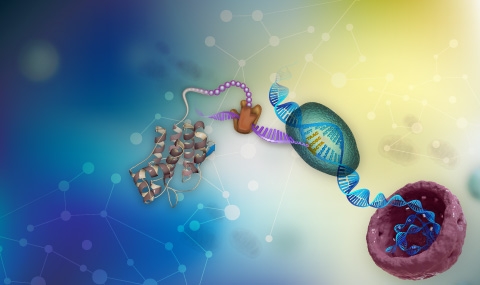The course will cover the basics and the state of the art in the rapidly growing field of regulatory genomics. The concept of biological networks will stand at the heart of the course. We will study the structure, function and evolution of various types of biological networks and examine how they interact with one another inside biological cells.
The first part of the course will cover the various mechanisms that regulate gene expression on a genome wide perspective.
The second part will demonstrate how regulatory networks govern processes such as environmental stress response, host-pathogen interactions and how they break down in diseases such as cancer.
An attention will be given to algorithmic and statistical aspects of network investigation, although no formal training in these subjects will be assumed.
Students will be exposed to modern genome-wide technologies to study regulatory networks at the genome-wide scale.
Specific topics will include:
- Regulatory genomics: what makes biological networks special? How did they evolve? How do networks perform computations on the environment? What are the requiring design principles?
- Structure and function of transcription regulatory networks in microbial species and in higher organisms
- The role of epigenetics in gene expression regulation and in inheritance
- The regulation of mRNA degradation
- Translation control in cell with special emphasis of the economic point of view
- The role of non-coding RNAs in fine-tuning gene expression
- The various modes of coupling of regulatory networks
- Noise in gene expression: what is the role of randomness in gene expression and how is it regulated?
- Environmental stress response: how did regulatory networks evolve to detect changes in the environmental and compute and execute and optimal response to them?
- Evolution of network structure and function: what are the selective forces that act on regulatory networks? How evolution shapes networks? structure?
- How regulatory networks break down in cancer?


